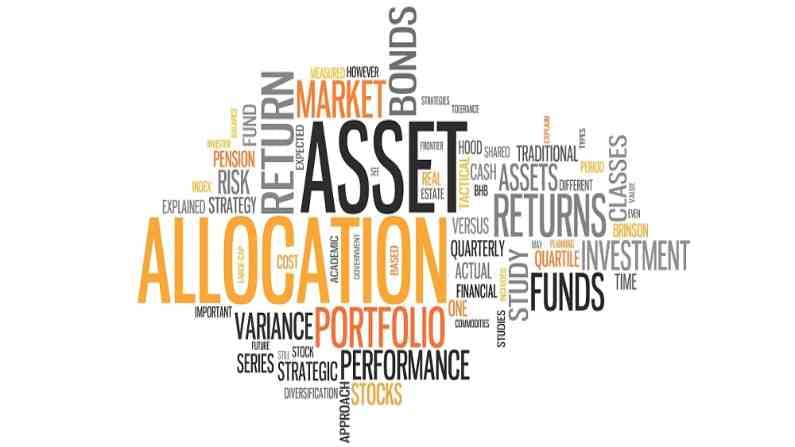Core and Satellite mutual fund portfolios can generate better returns
The core portfolio provides stability and potential for long-term growth. Whereas the satellite portfolio provides an additional risk-adjusted return

Investors are always looking out for better returns, better products, good corporate governance, and so on. However, nowadays, they also lookout for a better portfolio model to diversify their investments without losing any advantage that markets provide.
One such portfolio model that wealth managers are proposing to mutual fund clients these days is Core-and-Satellite investing, which has a low-cost passive fund as the portfolio’s primary asset and various actively managed funds to help spread risk. The core portfolio includes passively managed large-cap funds. As the name rightly suggests, a core portfolio forms the center of an investment portfolio to generate higher returns with low risk. On the other hand, a satellite portfolio includes actively managed funds like sectoral funds under the thematic category, mid and small-cap funds that aim to generate alpha returns in your portfolio.
How does this portfolio work?
With this strategy, investors divide their portfolio into two segments: core and satellite. The core portfolio provides stability and potential returns for long-term growth. Whereas the satellite portfolio provides an additional risk-adjusted return, which helps boost total returns. The core portfolio is constructed keeping in mind the long-term objectives. It accounts for around 60%–70% of the portfolio. This portfolio comprises the index, diversified equity, and large-cap equity funds.
The satellite portfolio is a minor component of the overall portfolio and is handled tactically to capitalise on economic and market situations. Examples include long-term gilt funds and sector-specific funds.
What are the benefits of this portfolio?
> One of the primary advantages of a portfolio’s core strategy is that it keeps investment expenses minimal. When expense ratios increase, investment returns are negatively impacted.
> While tiny variances in expense ratios may appear insignificant on the surface, they can accumulate to have a significant influence over time. One might see that index funds have the lowest expense ratios, and it benefits them over the long term.
> On the other hand, the satellite component enables investors to rebalance their portfolios in response to changing market conditions. The satellite strategy includes active management strategies that create possibilities to react to various current events, and the portfolio can be positioned to profit or protect itself.
> Often, satellite portfolios can generate above-average returns without substantially affecting the risk profile of the main portfolio.

